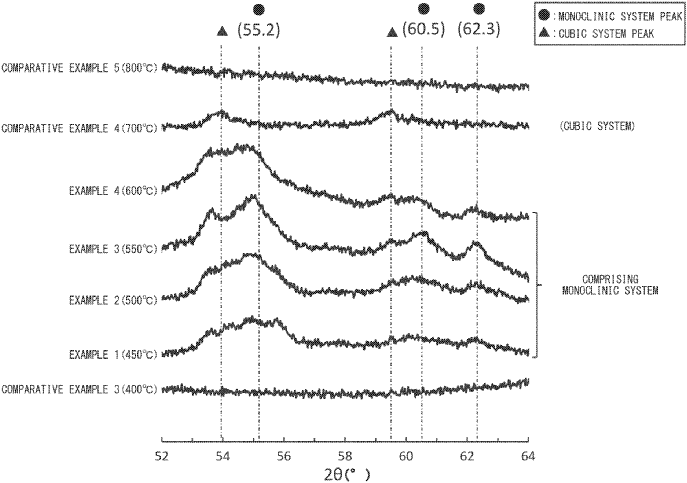Cataler Corporation has filed a patent for an innovative electrode catalyst intended for hydrogen fuel cell anodes.
This patent highlights the structural composition and benefits of using this particular catalyst in hydrogen fuel cells, providing potential advancements in efficiency and effectiveness.
The patented electrode catalyst features a unique combination of platinum (Pt) particles and tungsten trioxide (WO3) particles. These particles are supported on carbon carriers, ensuring stability and optimal performance within fuel cells. An important aspect of this catalyst is the monoclinic crystalline structure of the WO3 particles. This specific arrangement plays a crucial role in enhancing the catalytic activity and overall functionality of the hydrogen fuel cell anode.
Benefits of Monoclinic WO3 Particles
One of the notable attributes of this invention is the use of WO3 particles with a monoclinic crystalline structure. This structure offers enhanced electron conductivity and improved durability under various operating conditions commonly encountered in fuel cells. This allows for more efficient hydrogen oxidation, which could translate to increased fuel efficiency and reduced energy losses—a significant step forward in advancing hydrogen fuel cell technology.
Platinum is widely recognized for its catalytic properties, especially in the context of fuel cells. In this patent, Pt particles function as essential catalysts facilitating the electrochemical reactions necessary for power generation. The strategic combination of Pt with WO3 particles aims to maximize catalytic performance while potentially reducing the amount of platinum required—an advantage both economically and in terms of resource sustainability.
The development of such an electrode catalyst can have a profound impact on hydrogen fuel cell technology. By improving catalytic efficiency and durability, these advancements can lead to more reliable and cost-effective fuel cells.
